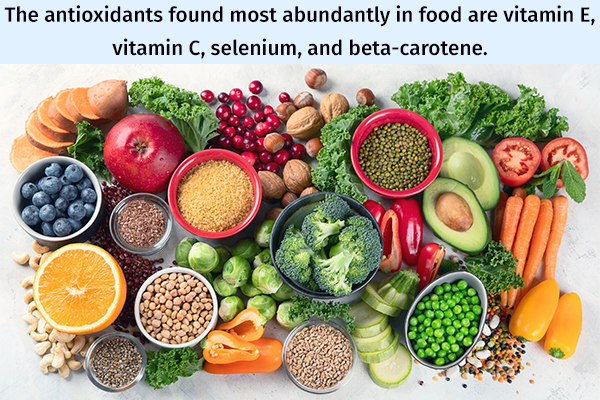
Lipids may still become oxidized despite sufficient serum levels of CoQ10, vitamin E/A, and beta-carotene. Serum levels indicate the presence of said micronutrients, not necessarily the activity and/or proper form of the same. For example, vitamin A (retinol) levels can be within normal ranges, but if retinol-binding protein (RBP) is low (transports retinol), retinol will not reach target tissues in sufficient amounts to control oxidation of lipids (Chaves, Peres, Goncalves, & Ramalho). Furthermore, zinc deficiencies have been correlated to compromised vitamin A metabolism and transport, especially amongst individuals with compromised liver function (Christian & West, 1998).
Vitamin C is another antioxidant known to manage lipid peroxidation (Halliwell, 2000). However, the case study (table 2.1) did not provide levels of said micronutrient. Such knowledge could help explain such high levels of lipid peroxidation. Glutathione, another essential anti-oxidant, is used to detoxify H2O2in addition to repairing peroxidative damage to proteins, lipids, and nucleic acids (Boadi, Harris, Anderson, & Adunyah, 2013). Furthermore, glutathione shares a relationship to selenium; such a micronutrient helps recycle and regenerate glutathione. Thus, if levels of selenium are deficient, glutathione levels are likely to drop over time (Stockler-Pintos, Mafra, Farage, Boaventura, & Cozzolino, 2010).

In conclusion, lipid peroxidation can still occur despite adequate serum levels of some antioxidants. Although not exhaustive, the above sections should encourage one to consider and implement a larger, more inclusive, palette of antioxidant biomarkers when attempting to rectify lipid peroxidation. Finally, attention should also be placed upon other substances responsible for the replenishment of antioxidants (i.e., selenium) and their transportation (i.e., retinol-binding protein) to target tissues in the body.
References
Boadi, W. H., Harris, S., Anderson, J. B., & Adunyah, S. E. (2013). Lipid peroxides and glutathione status in progenitor mononuclear (U937) cells following low doses to nickel and copper. Drug and Chemical Toxicology, 36(2), 155-162.
Chaves, G. V., Peres, W. A. F., Goncalves, J. C., & Ramalho, A. (2015). Vitamin A and retinol-binding protein deficiency among chronic liver disease patients. Nutrition, 31(5), 664-668.
Christian, P., & West, K. P. (1998). Interactions between zinc and vitamin A: An update. TheAmerican Journal of Clinical Nutrition, 68(2), 435S-441S.
Halliwell, B. (2000). Lipid peroxidation, antioxidants and other cardiovascular disease: How should we move forward? Cardiovascular Research, 46(3), 410-418.
Stockler-Pintos, M. B., Mafra D., Farage, N. E., Boaventura, G. T., & Cozzolino, S. M. F. (2010). Effect of Brazil nut supplementation on the blood levels of selenium and glutathione peroxidase in hemodialysis patients. Nutrition, 26(11), 1065-1069.
-Michael McIsaac

